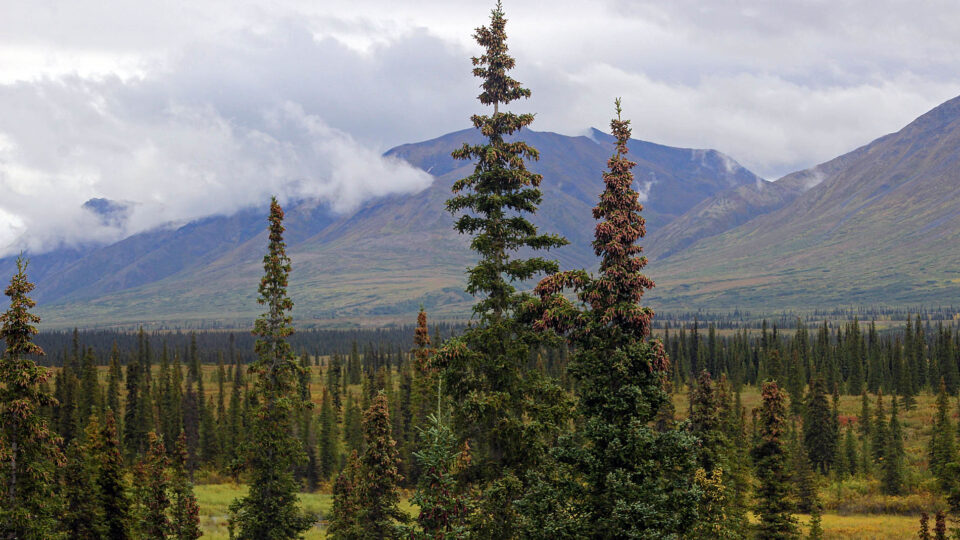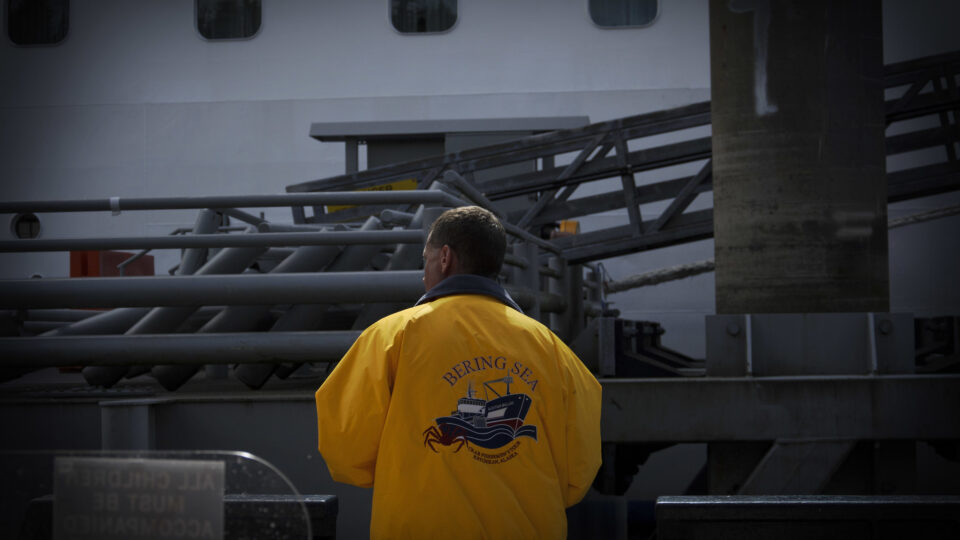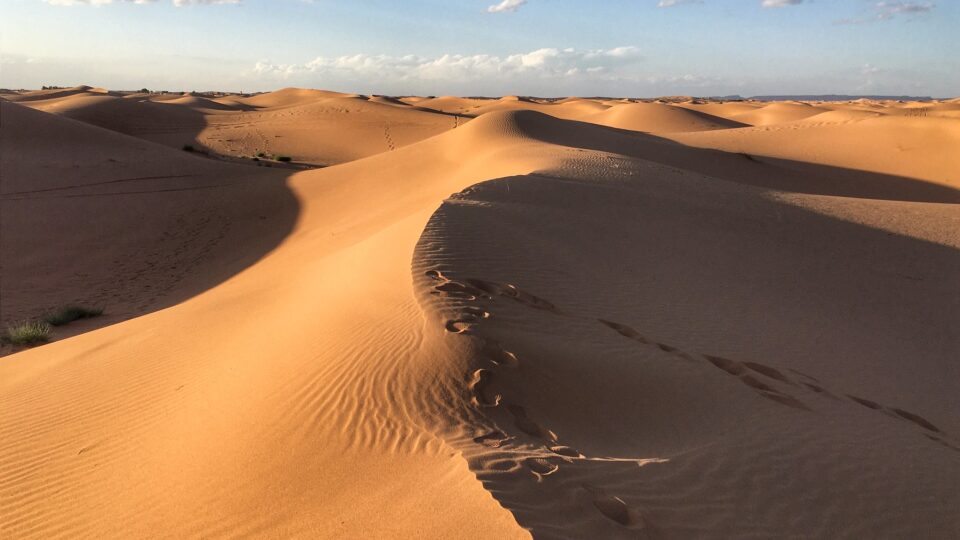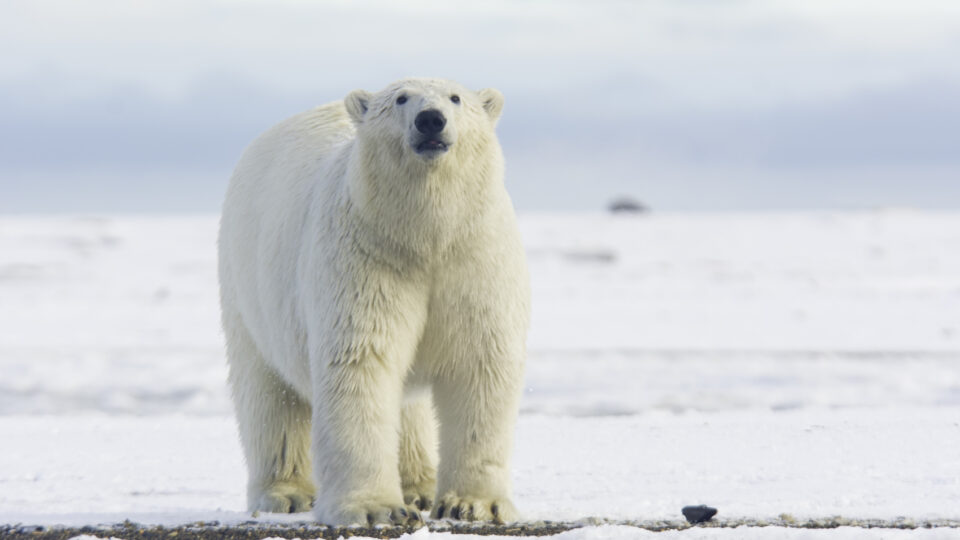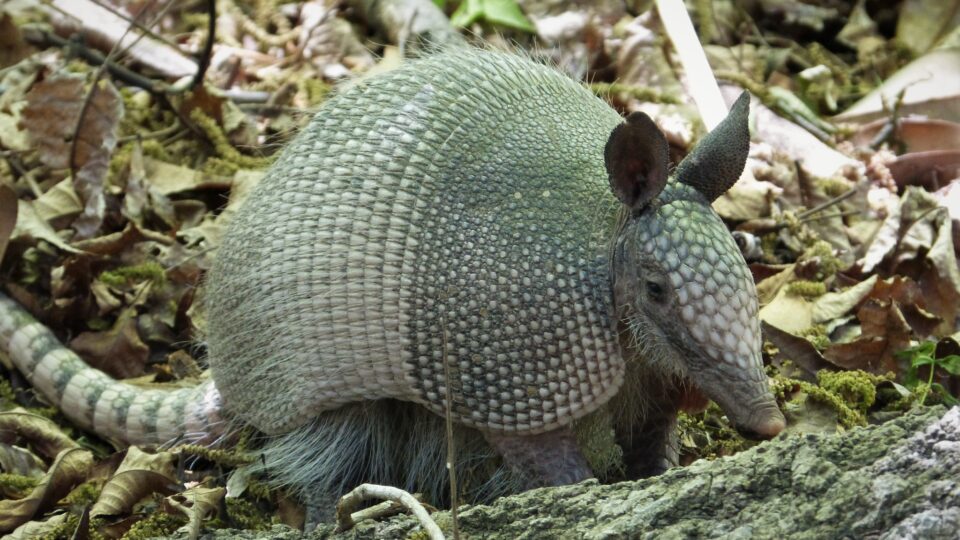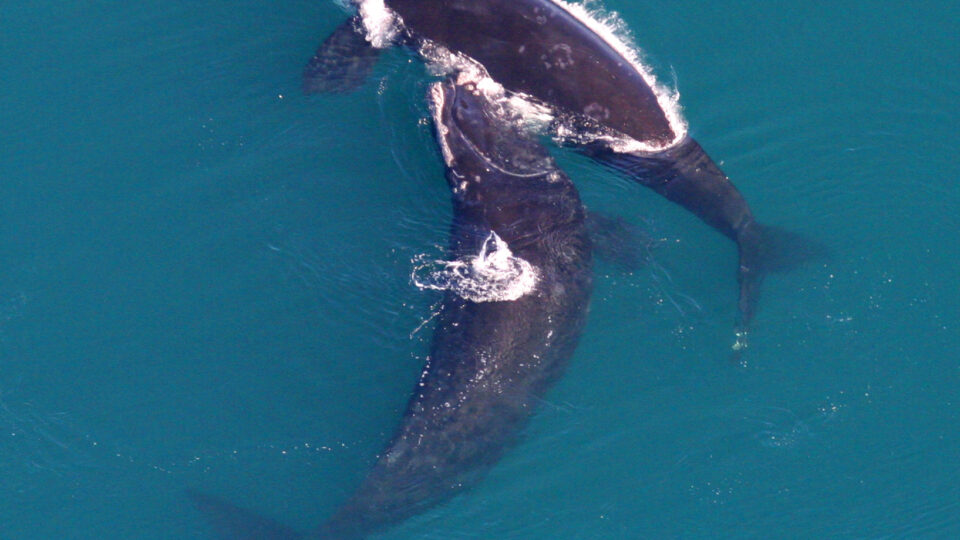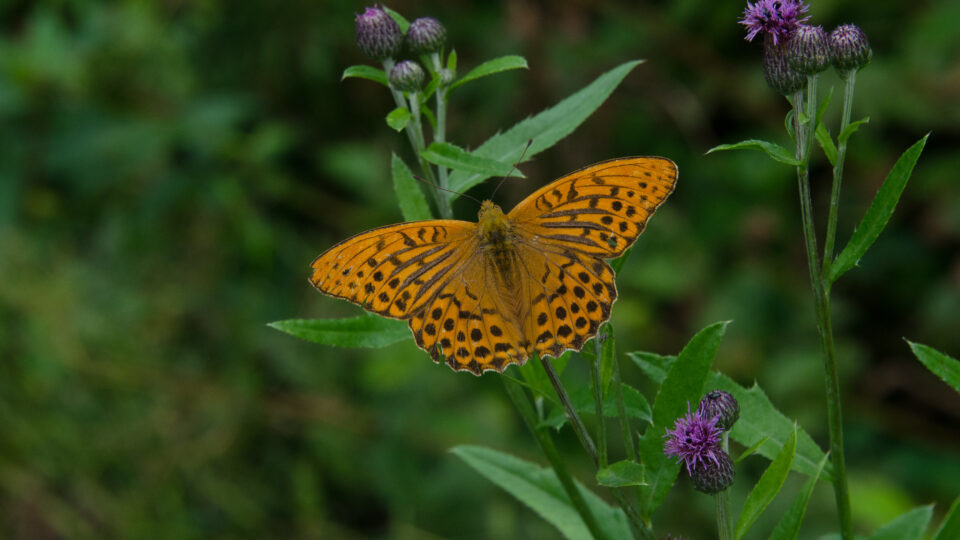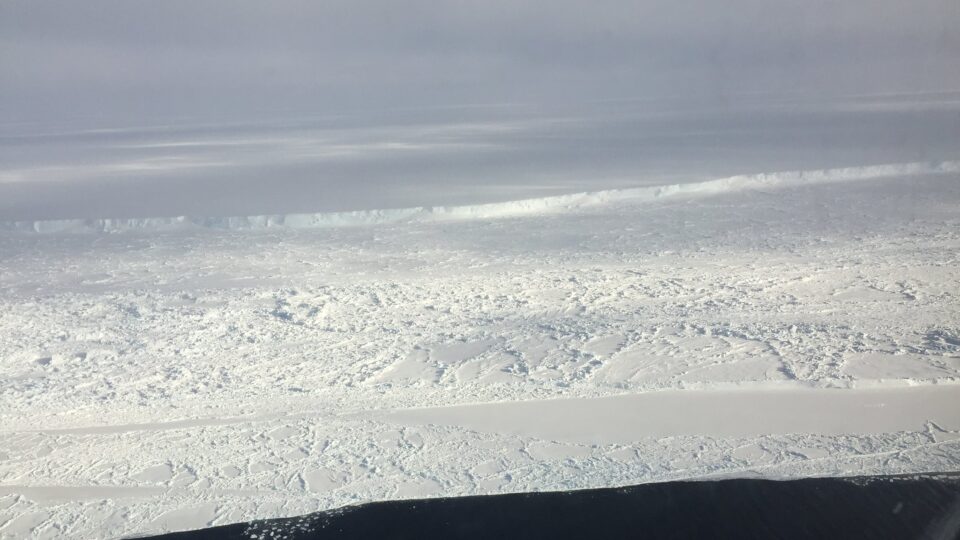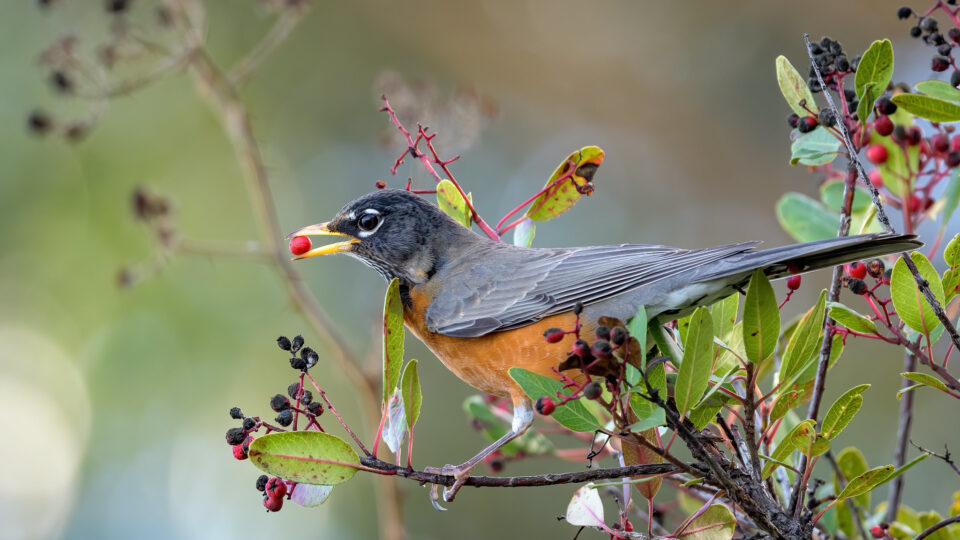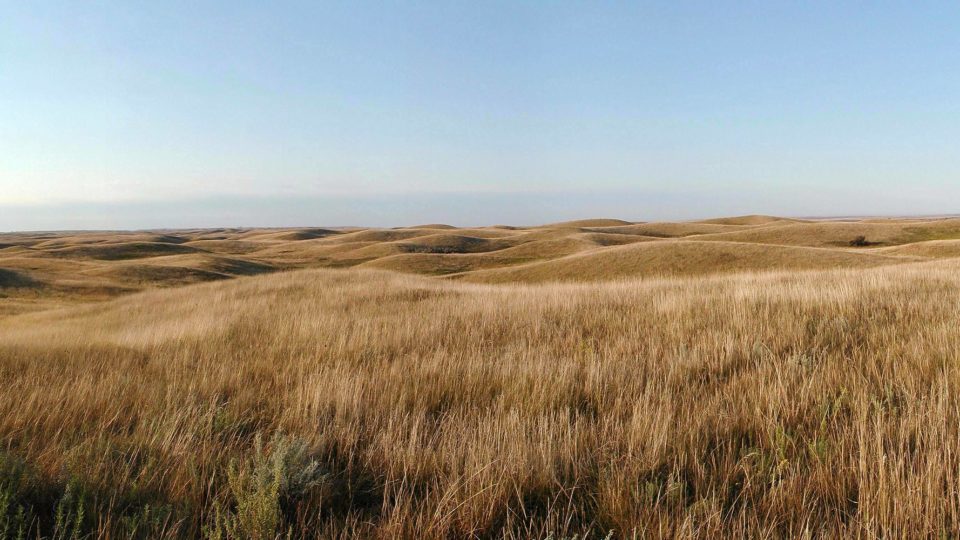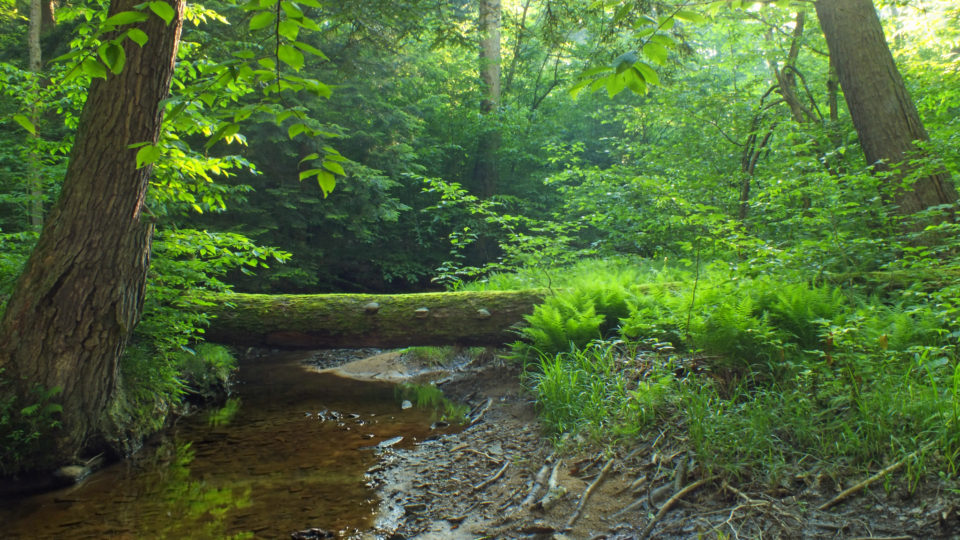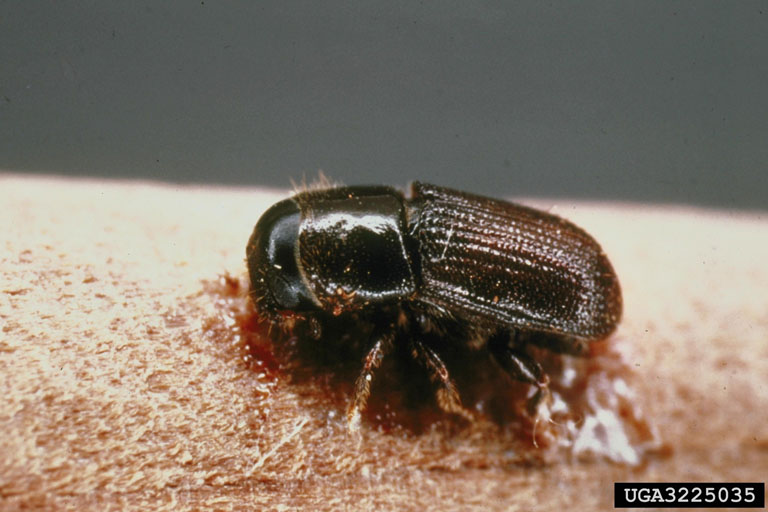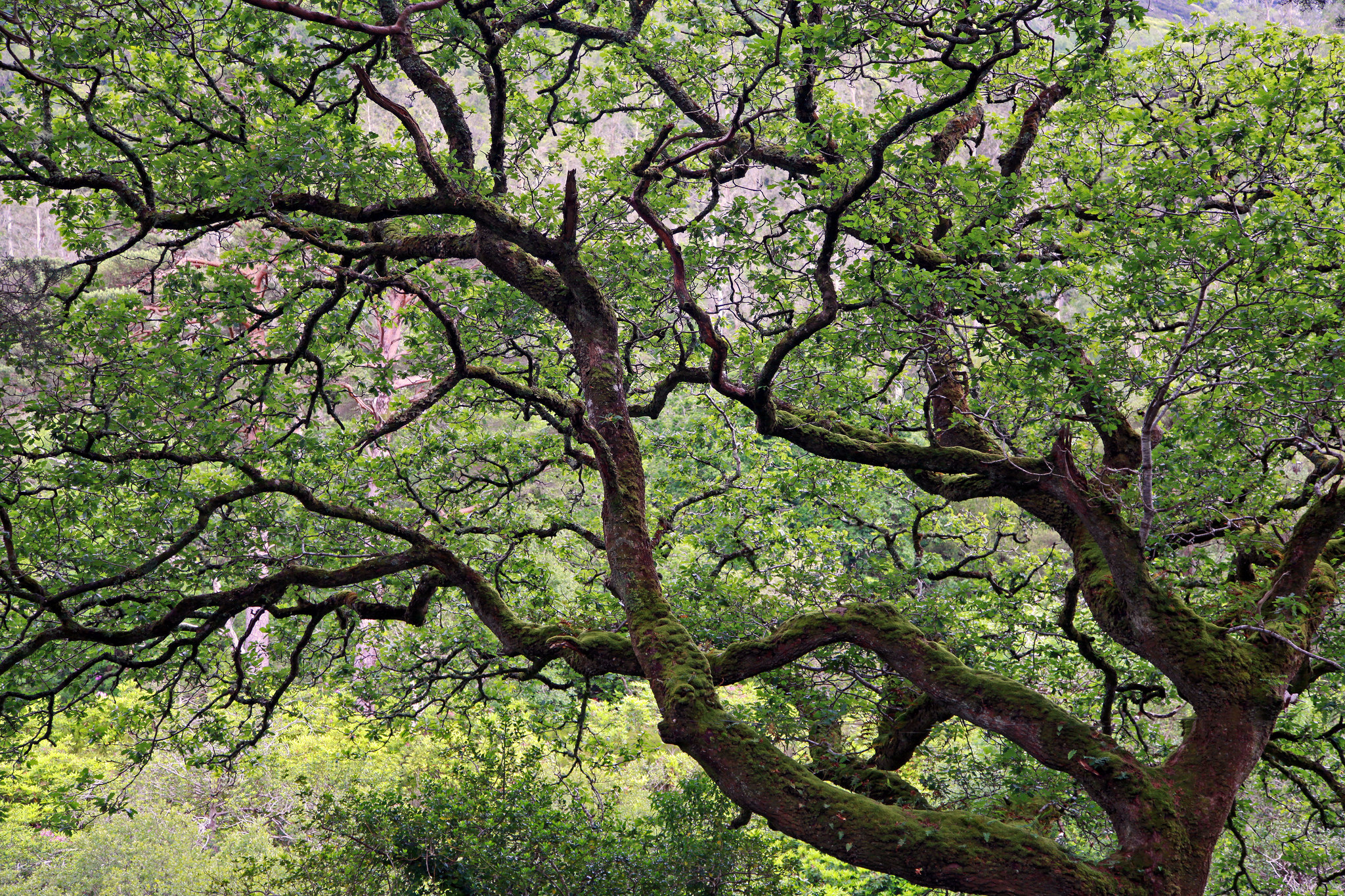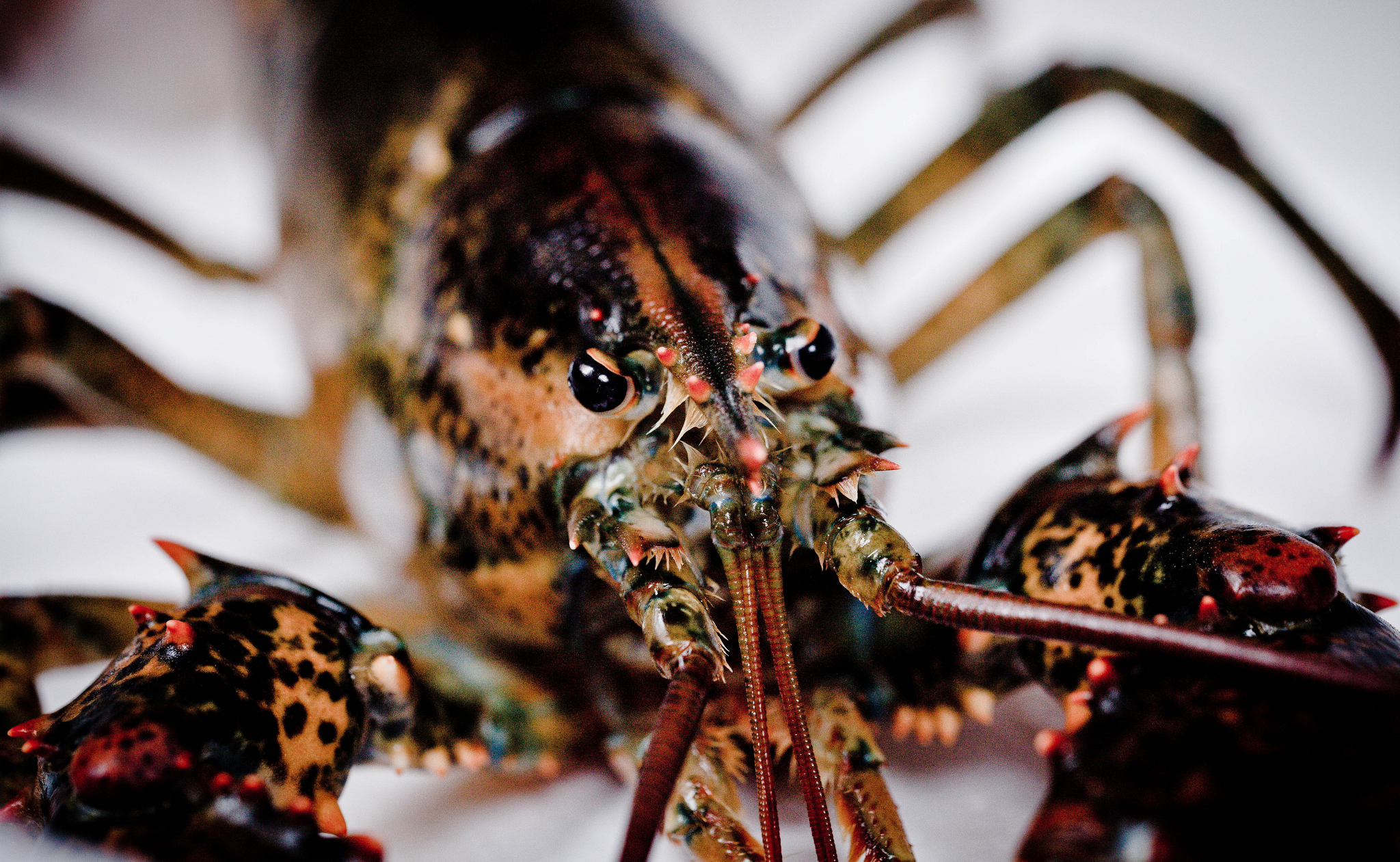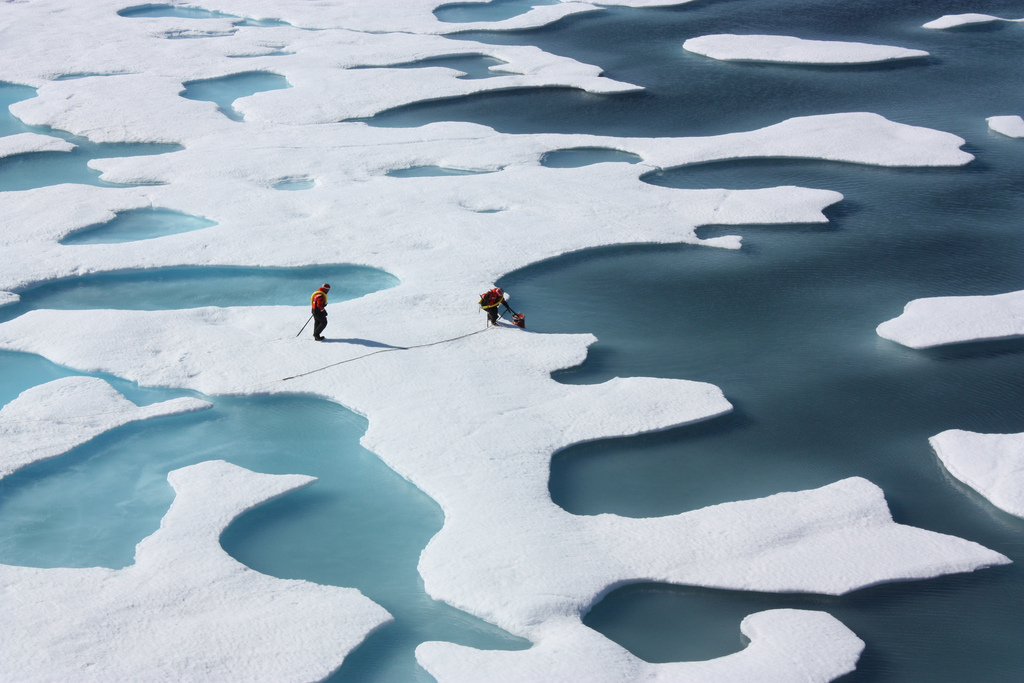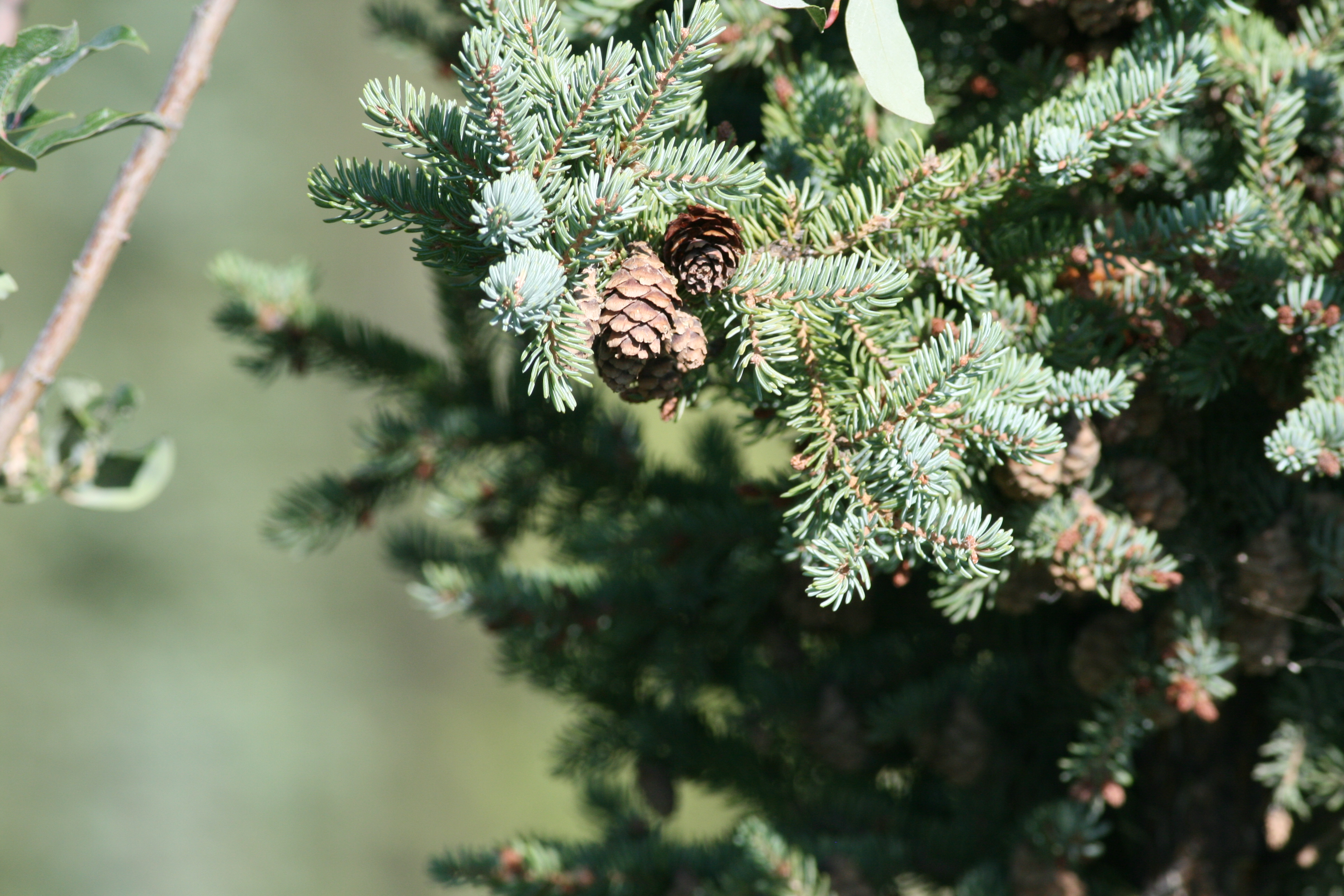Agriculture is the primary cause of land-based biodiversity loss. As the global population grows, agricultural production needs to keep pace. Estimates are that production needs to double by 2050. How this can be accomplished without doing further harm to the environment and biodiversity is extremely challenging.
Climate change adds further complications to the challenge. As the climate warms in the middle latitudes, agricultural zones may need to shift northward to regions which have evolved to have more suitable climates. This represents a very real threat to the wilderness areas of Canada, Russia, and Scandinavia. These places represent a significant fraction of the world’s wilderness areas outside of Antarctica.
According to researchers at the University of Exeter in the UK, if the forces driving climate change are not diminished, over the next 40 years warming temperatures are expected to make more than 1 million square miles newly suitable for growing crops. As cropland goes barren in areas that have warmed too much, northern wilderness could be turned over to farming. The vital integrity of these valuable areas could be irreversibly lost.
The study, published in the journal Current Biology, also says that climate change will shrink the variety of crops that can be grown on 72% of the land that is currently farmed worldwide. Given this situation along with the rising global population, it is essential that land be used more efficiently. We can feed a larger population from the farmland we already have, but people need to reduce meat consumption, cut food waste, and grow crops suited to their local climate.
**********
Web Links
Warming Could Make Northern Wilderness Ripe for Farming, Study Finds
Photo, posted September 7, 2016, courtesy of Scott via Flickr.
Earth Wise is a production of WAMC Northeast Public Radio
